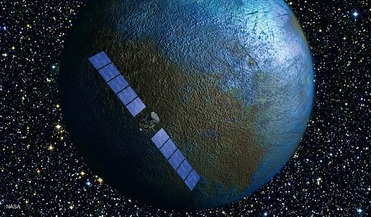 March 2015
Dawn of ion propulsion
March 2015
Dawn of ion propulsion
... patch of light, observed from afar for more than two centuries and once called a planet, then an asteroid, and now a dwarf planet, finally comes into sharper focus. Wonderfully exciting though they are, the views draw...
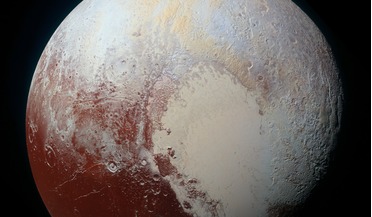 20 May 2019
A thin layer of ice-trapped gas stops Pluto's oceans from freezing
20 May 2019
A thin layer of ice-trapped gas stops Pluto's oceans from freezing
...up close to Pluto in 2015, our view of this dwarf planet was transformed from an icy little oddball to a fascinating entity... the area has more gravity than predicted by models of the dwarf planet. One way to contribute to the gravity would be to stick...
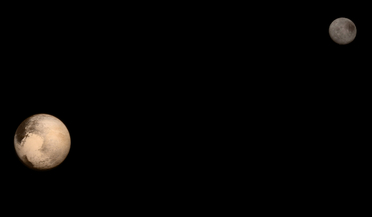 22 June 2020
Icy Pluto may have started off hot with an early ocean
22 June 2020
Icy Pluto may have started off hot with an early ocean
...that idea might be as far removed from fact as the dwarf planet is from daylight, as according to new research Pluto may ...objects. It is generally assumed that Pluto, the far-flung dwarf planet with a giant heart emblazoned on one side, came together...
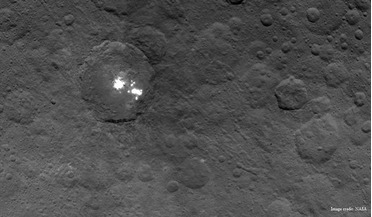 01 July 2015
Ceres, Dawn, mysterious bright spots, and exploring the solar system
01 July 2015
Ceres, Dawn, mysterious bright spots, and exploring the solar system
... of water vapor from several areas on Ceres’ surface. Such emissions are typically associated with comets – not dwarf planets. Ceres represents what NPR’s Adam Frank has beautifully referred to as “the agony of ignorance” – that feeling when...
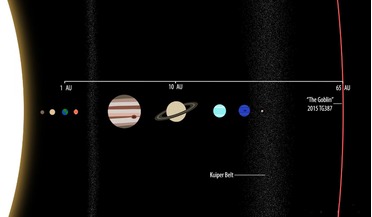 03 October 2018
Newly discovered far-flung object supports Planet X existence
03 October 2018
Newly discovered far-flung object supports Planet X existence
.... Detected by Scott Sheppard, Chad Trujillo and David Tholen, this trio are on the hunt for unknown dwarf planets as part of one of the largest and deepest surveys ever conducted for distant Solar System objects. "These...
 31 December 2018
Discovering Pluto: exploration at the edge of the solar system
31 December 2018
Discovering Pluto: exploration at the edge of the solar system
.... In itself this is interesting, because it reminds us that astronomy has followed the same route for all planets (or ‘dwarf planets’ in the case of Pluto). Initially they were blurry blobs in early telescopes, then more detailed but unstable...